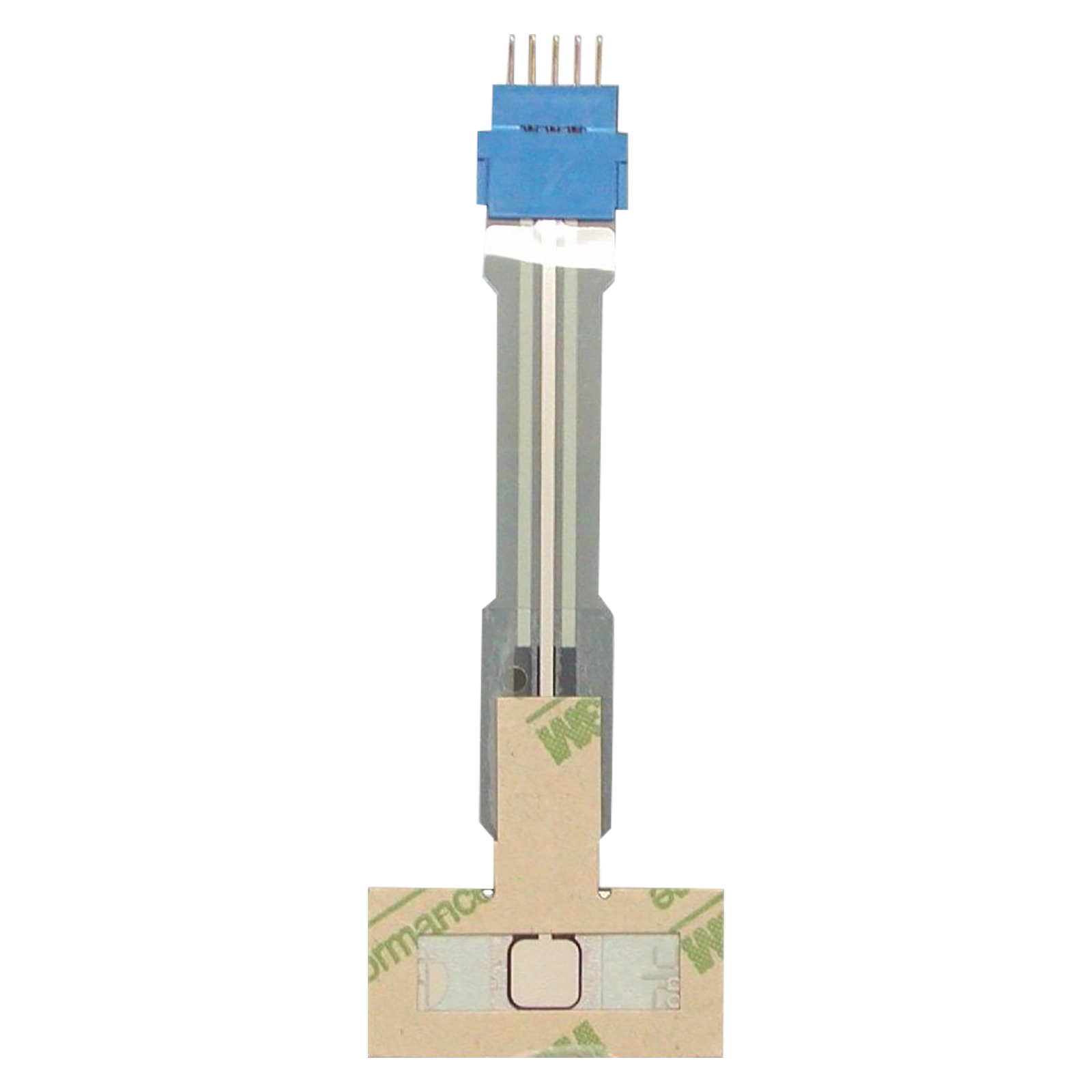Why Membrane Switches Are Necessary for Long Lasting Control Systems
Membrane buttons play a crucial function in making sure the durability and dependability of control systems throughout various sectors. Their one-of-a-kind building permits them to withstand tough environmental aspects such as moisture, temperature level extremes, and physical wear. This strength not just extends the life expectancy of the systems they offer but additionally decreases maintenance requirements. As we explore the complex benefits of membrane layer buttons, it comes to be obvious that their significance goes beyond simple performance, affecting customer experience and operational efficiency. What further effects do these characteristics hold for the future of control system style?
Overview of Membrane Layer Buttons
Membrane layer buttons are versatile and trustworthy elements typically utilized in various electronic control systems. The visuals overlay provides both functional and aesthetic design, while the spacer layer ensures that the switches are triggered only when pressed.
Membrane buttons are typically preferred in applications needing a compact and lightweight design, making them suitable for handheld tools, clinical equipment, and commercial machinery. They can be customized to satisfy details individual demands and can incorporate various attributes such as backlighting, responsive comments, and multiple shades. Membrane switches are resistant to dust, wetness, and contaminants, making them appropriate for atmospheres where longevity is essential.
Advantages of Toughness
In several applications, the sturdiness of membrane switches offers considerable benefits that improve their general performance and integrity. These buttons are created to stand up to extreme environments, making them perfect for use sought after problems such as high moisture, severe temperature levels, and direct exposure to chemicals. Their robust construction aids to avoid damages from physical influence, ensuring durable capability and reducing the requirement for regular substitutes.
In addition, membrane buttons are immune to deterioration, which is important in applications where frequent communication happens. This durability converts to reduce maintenance prices, as companies benefit from reduced downtime and fewer solution interruptions. The encapsulated layout of membrane switches secures internal components from dirt and moisture access, additional contributing to their lifespan (membrane switch).
One more benefit is their ability to maintain constant performance with time. With a high tolerance for mechanical anxiety, these buttons preserve their tactile responses and electric stability, ensuring user fulfillment. Eventually, the resilience of membrane changes not just improves operational effectiveness yet likewise cultivates self-confidence in their dependability, making them a recommended choice for control systems across different fields.
Applications in Various Industries
Sturdy control systems utilizing membrane layer buttons find considerable applications across a variety of industries, each gaining from the unique attributes these switches use. In the medical market, membrane layer buttons are important for tools such as person displays and analysis equipment, where dependability and simplicity of cleansing are paramount. Their resistance to wetness and impurities ensures they preserve performance in sterile environments.
The automotive sector leverages membrane buttons for control panel controls and infotainment systems, where they provide sleek, low-profile user interfaces that enhance user experience. These switches are likewise designed to endure rough problems, including exposure to severe temperatures and resonances.
In commercial settings, membrane buttons are typically used in equipment control panels, providing tactile feedback and resilience needed for high-usage applications. Their ability to stand up to chemicals makes them appropriate for producing settings where spills and contaminants are regular.

Customer electronics, such as kitchen area home appliances and remotes, likewise make use of membrane layer buttons for their adaptability and cost-effectiveness. On the whole, the flexibility and robust nature of membrane switches over make them crucial across different markets, guaranteeing reliable operation and long life in control systems.
Style and Visual Charm
While functionality is extremely important, the design and visual charm of control systems furnished with membrane layer buttons play a vital function in individual involvement and general experience (membrane switch). The aesthetic design of these switches can significantly affect customer perception and communication. A properly designed membrane layer switch enhances the good looks of the gadget, making it much more enticing to users and promoting a connection between the customer and the item
Membrane layer changes use a good deal of flexibility in style, allowing makers to tailor graphics, shades, and textures to align with brand name identity and item appearances. my explanation Making use of lively colors and distinct patterns can attract focus, while tactile responses can strengthen the user's communication with the gadget. Furthermore, the capability to integrate LED signs and backlighting into the membrane layer button design supplies both useful and aesthetic benefits, boosting exposure and usability in numerous settings.

Enhancing Individual Experience

In addition, membrane layer switches can be customized to incorporate graphical user interfaces, boosting functionality by presenting info in a clear and user-friendly fashion (membrane switch). This customization can consist of icons, tags, and color coding that overview users via complicated capabilities with ease. Additionally, their convenience enables assimilation in different atmospheres, making certain regular efficiency whether in commercial equipment or customer electronic devices
The sturdiness of membrane layer switches also plays a critical function in user experience. By standing up to rough problems and extended usage, these buttons reduce the probability of system failings, hence advertising integrity and individual confidence. Eventually, the calculated use of membrane switches over not just raises functionality yet additionally dramatically website link enriches customer interaction with control systems, making them an important component in modern style.
Conclusion
